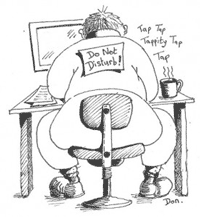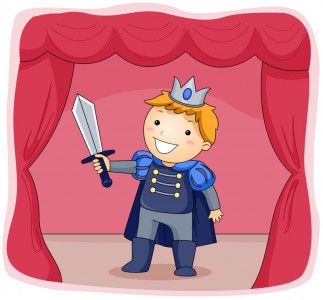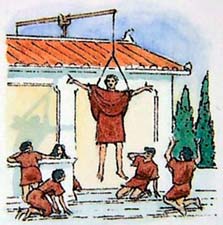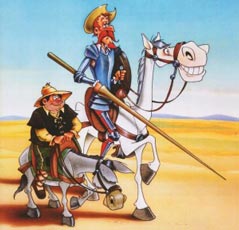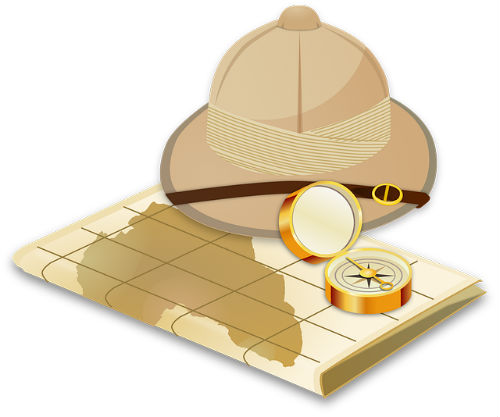In many cultures, it is believed that a person’s name contains his/her essence. From a practical viewpoint, this may sound like an exaggeration, but it makes sense when we are talking about fictional names. For example, how different would it have turned out if Conan Doyle’s Sherlock Holmes had been called Sherrinford Holmes as the author had originally planned?

Every name has different connotations for each of us because they remind us of different people; thus, it’s impossible to foresee the effect names will have on your readers. Nevertheless, here are some steps you can take to find names that best suit your characters:
 This site uses cookies. By continuing to browse the site, you are agreeing to
This site uses cookies. By continuing to browse the site, you are agreeing to 
